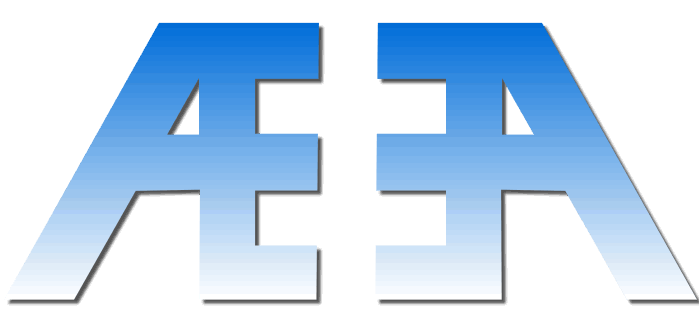

The difference between text tokenization and asset tokenization lies in what is being broken down and how that output is used. Text tokenization is a process used in natural language processing, where written language is split into smaller pieces that AI models can understand. Asset tokenization, on the other hand, refers to representing real-world or digital assets such as property, artwork, or even data as digital tokens, often on a blockchain. At AEHEA, we work with both concepts, but for very different purposes within AI and automation projects.
Text tokenization is foundational to how language models process and generate text. It breaks sentences into words, subwords, or characters, transforming them into tokens that can be mapped to numerical values. These tokens serve as the model’s input and allow it to learn patterns, understand meaning, and generate relevant output. Without this form of tokenization, language models would not be able to function. It is a step that sits between raw human language and machine-readable input, and we use it in nearly every AI project involving chatbots, summarizers, or classifiers.
Asset tokenization is used to digitize ownership and value. When we tokenize an asset, we convert it into digital units that can be traded, verified, or split into fractional parts. For example, a building could be tokenized into one hundred tokens, each representing one percent ownership. This approach is commonly used in blockchain applications, but it is increasingly relevant in AI as well. In certain projects, we tokenize datasets, model weights, or access rights so they can be shared, sold, or licensed more transparently across platforms or organizations.
At AEHEA, we sometimes bridge these two worlds. For instance, we may tokenize a set of proprietary documents as a digital asset, then tokenize the contents of those documents as input for a language model. In this way, asset tokenization governs control and access, while text tokenization enables AI interaction. The distinction matters because it defines what we’re turning into tokens language or value and how we intend to use that structure in an intelligent system. Understanding both allows us to build solutions that are both technically sound and strategically aligned.
